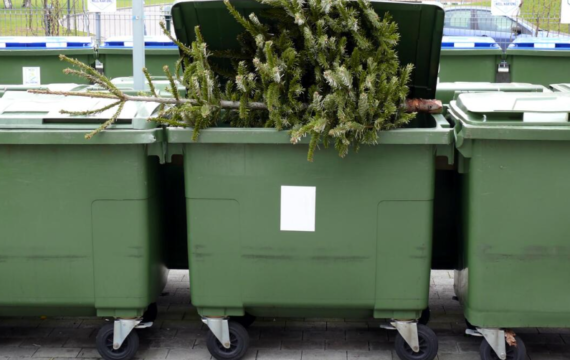Landscaping Materials Delivery San Diego
Materials
Junk Removal And Hauling offers a wide range of aggregates and related products and services to the construction sector as a whole. We also help with waste management.
Building aggregates include sand, gravel, crushed stone, slag, recycled concrete, and geosynthetic aggregates and are a broad category of coarse particle material used in construction. Aggregates are the world’s most mined materials. Aggregates are a component of composite materials like concrete and asphalt concrete, and they act as reinforcement to increase the overall strength of the composite material.
Aggregates are commonly employed in drainage applications such as foundation and French drains, septic drain fields, retaining wall drains, and roadside edge drains due to their comparatively high hydraulic conductivity value compared to most soils. Aggregates are also utilized as a foundation material for roads and railroads. In other words, aggregates are employed as a low-cost extender that combines with more expensive cement or asphalt to produce concrete or as a sturdy foundation or road/rail base with predictable, consistent qualities (e.g., to help prevent differential settling under the road or structure).
Aggregates are utilized in a variety of methods in the construction industry.
Highways, walkways, airport runways, parking lots, and railroad tracks use it as a base material.
Water filtration, purification, and erosion control are all aided by this device.
Many of the products we rely on to maintain our quality of life are made from coal as a raw material combined with other resources. These are some of them:
- Apartments and houses.
- Roads, bridges, and parking lots are all examples of infrastructure.
- Hospitals and schools.
- Retail space and commercial buildings.
- Drainage systems.
- Runways and airports.
Square / Rectangle:
To calculate Square Footage, multiply Length by Width. Then use the Coverage Chart to calculate the required Tons or Yards based on depth or rock specifications.
Triangle:
Square Footage is calculated by multiplying the Base by the Height (or Length by Width) and dividing by two. Then, using the Coverage Chart for depth or rock specifications, calculate the required Tons or Yards.
How Much Material Will You Need?
Conversions:
1 Acre = 43,560 sq.ft.
1 Cubic Yard = 27 cubic feet
1 Ton = 2,000 pounds

